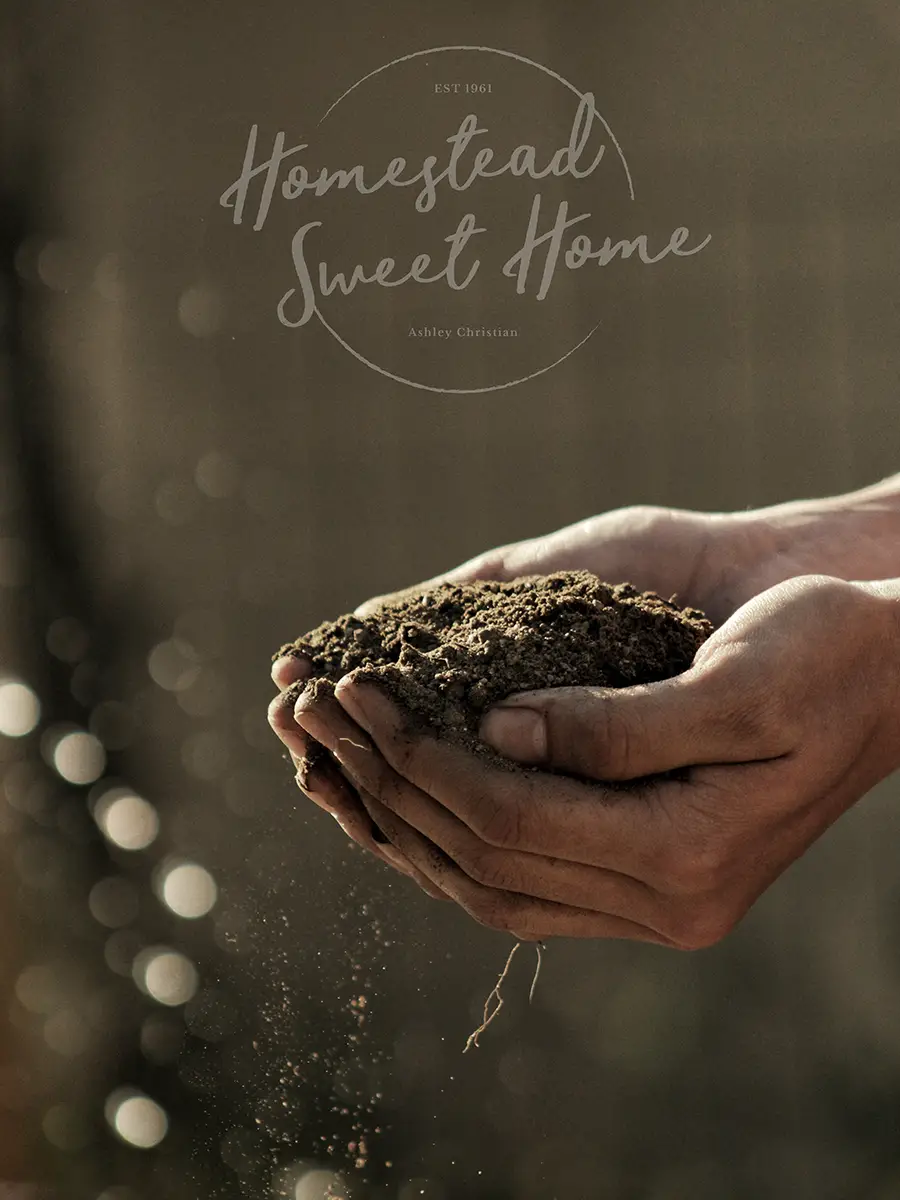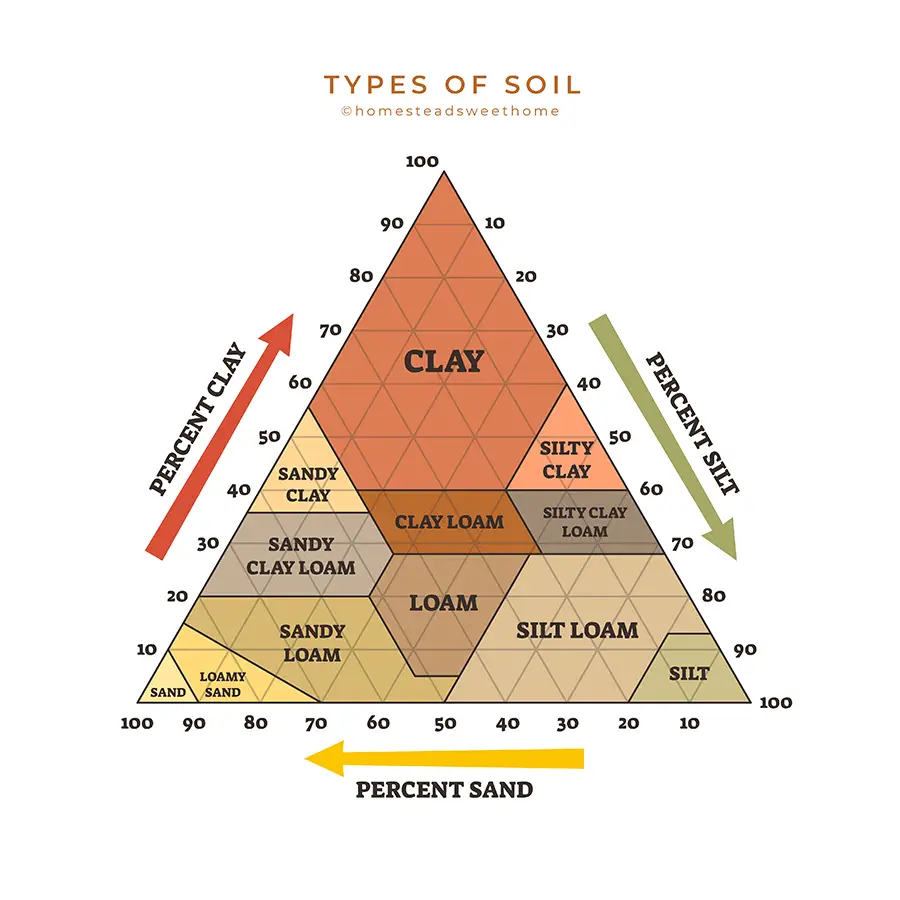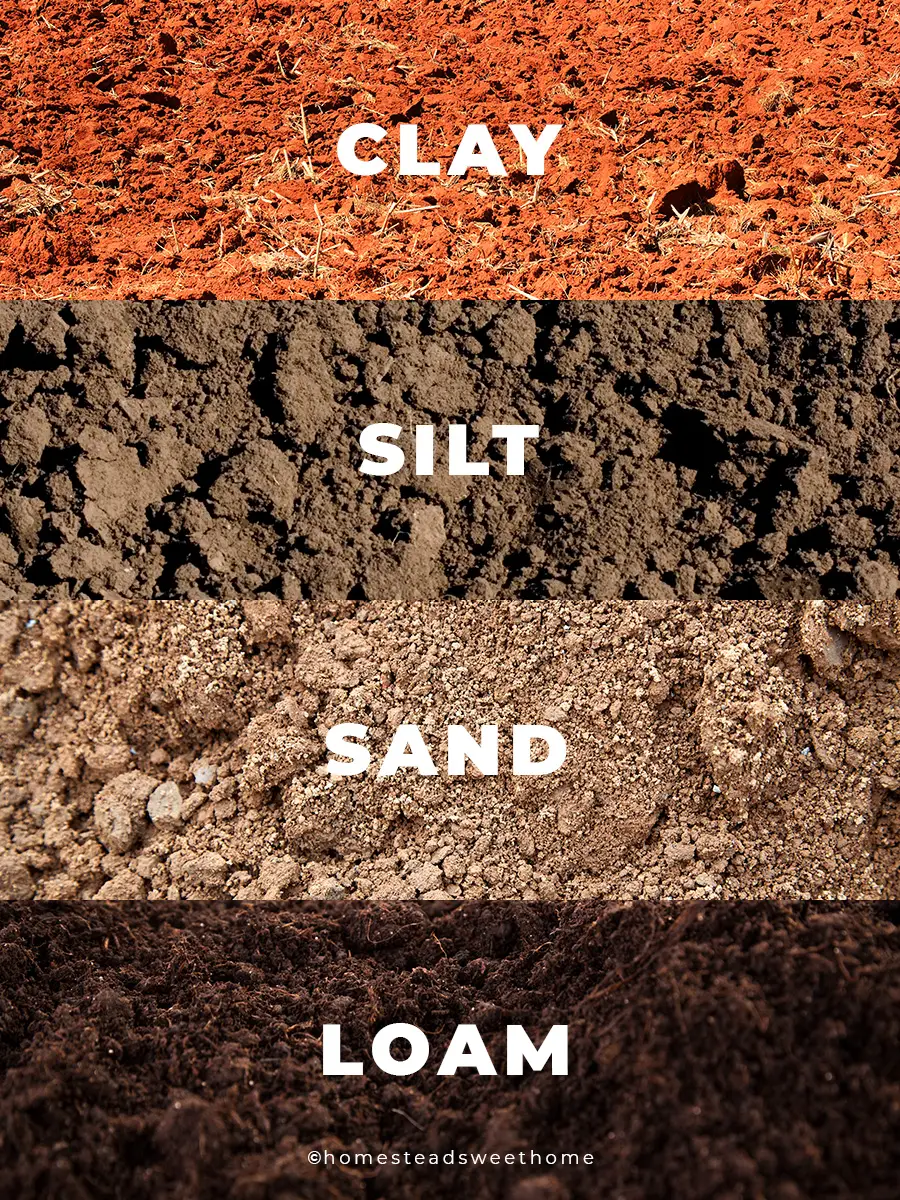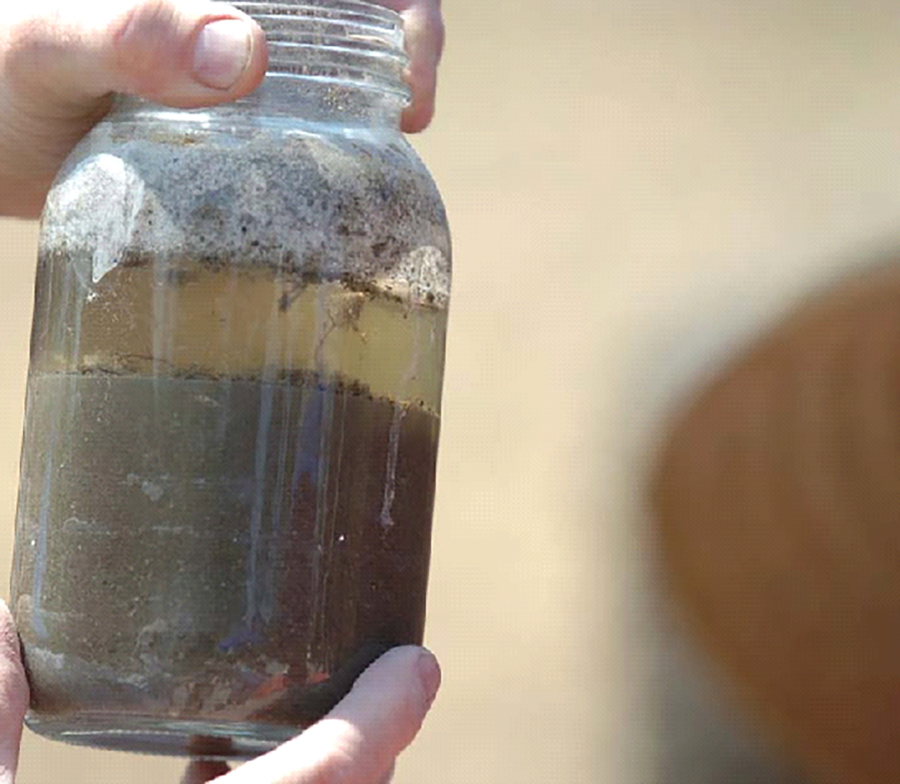How To Know If You Have Sandy Soil and What to Do About It

If you have sandy soil, the best way to amend it is with organic compost or well-rotted manure. But first, find out what kind of soil you actually have. You may be surprised.
I would consider myself a sandy soil expert because my soil is exceptionally sandy. It’s so sandy in fact, that there is a sand digging operation directly behind my property. These sand diggers mine the soil for sand and refine it. The sand is then sent off to be mixed and made into concrete to fuel the massive construction growth in north Texas.
What is interesting about sandy soil, is that it can run in veins under the earth. So where you may have sandy soil, your neighbor can have clay soil. My neighbor has to add sand to his garden for drainage, while I have to add extra compost to help my garden retain more moisture. Because soil can vary so much from one piece of land to the next, even in the same region, it’s important to learn how to recognize the composition of your soil and how to amend it for the most robust garden you’ve ever had. Sandy soil can actually be a good thing for plants that need well-draining soil like cherry trees.
Types of Soil
To identify your soil it’s most helpful to understand the three basic types of soil and what their combinations look like. The three types of soil are clay, silt, and sand. The combination of these soil materials is called loam. Loamy soil is your goal because healthy soil is diverse and gives you the benefits of each type of soil.
It’s also important to understand that most soil is not 100% one type, but rather a mix. Unless you are planting a garden at the beach, your soil might not be as sandy as you think. If you can get a good educated guess of your soil composition, then you’ll know what to add, to make your garden productive and healthy. After all, your garden will only be as good as your soil.

Sandy Soil
The most important characteristic of sandy soil is that it allows for quick drainage and does not hold on to water. Think about the sand at the beach and how quickly it dries out after the rain or the tide rolls out. Draining in a garden is actually a really good thing. Established gardens should be watered deeply each week, about 1 inch of water, then allowed to dry out a little and watered again a week later. If the soil never dried out, the roots would not need to grow deep and would therefore only grow on the surface, stunting your plants.
Soil that stays wet and doesn’t dry out, can also cause root rot and growth of harmful bacterial. So some sand is important to a healthy garden because it allows for drainage. This is why my neighbor adds sand to his clay-heavy soil.
On the other hand, if you have too much sand, your soil will dry out too quickly and not hold in the moisture necessary to nourish your plants. Putting water on your soil, and observing how quickly it dries out, will give you a good idea of just how sandy your soil is. If it sits wet for a week in dry weather, your soil needs more sand. If it dries out in 24 hours, your solid needs more compost.
Sandy soil can also be too low in nutrients and therefore too acidic to really meet the ideal needs of your plants. Adding compost takes care of all of these issues by adding nutrients, lowering acidity, and helping the sandy soil retain more moisture.
Use your powers of observation and trust yourself when determining your soil type. It’s very easy to overthink the process and spend unnecessary energy doubting yourself. Feeling unqualified to determine your soil type can even cause you to give up gardening completely and we don’t want that. So make your best guess, and move on in faith. Every year you garden you will learn more. If you want to get more scientific, see our mud shake test below.

Clay Soil
Clay soil is rich in nutrients, heavy, and tends to follow the extreme seasonal weather patterns by staying wet and cold in the winter and getting baked and dry in the summer. This is why clay soil in the summer gets that classic cracked look to it.
Clay can hold on to water very well, which means it also holds on to nutrients. It also holds on to water too well and can leave soil saturated and contribute to root rot, shallow roots, and disease.
Clay particles are the smallest particles in all types of soil, and they do a lot of swelling and shrinking. This movement can lead to root damage and can even push plants up and out. Clay is also very dense, becoming like gum when wet, and a solid hard mass when dry. To amend your clay soil, you’ll want to add equal parts compost and sand, and till it into your garden.
Silty Soil
Silt is made of mineral and rock particles that are larger than clay, but smaller than sand. Because silt is a middle-size between clay and sand, many of its properties are in between sand and clay. Silt holds water, but not as much as clay. It also holds nutrients, but not as much as clay does either. Silt can also become easily compacted.
The best thing you can do to amend silty soil is to add lots of organic compost. Are you seeing a pattern? No matter what soil type you have, it will be improved by adding compost. You can create your own compost pile, or buy compost from your garden center.
Mud Shake
For those of you who need a more exact and scientific analysis of your soil composition, you do have some options. You can order a soil test which I recommend for any new gardener. You can also do the squeeze test, but wetting, but not saturating your soil, and squeezing it in your hand. If the soil is sticky and gummy and doesn’t come apart, you have more clay in your soil. If the soil falls apart no matter how much you squeeze it, you have very sandy soil. Good loamy soil is somewhere in the middle. It will hold together when squeezed but can fall apart again when running your fingers through it.
Another simple at-home test that we love to do and is not only educational for the adult gardeners but also for the kids, is the mud shake. Get a mason jar and fill it ⅓ full of soil, ⅔ full of water, then place a lid on it and shake. Let your mud shake settle undisturbed for 2 to 5 days and observe the layers.
Sand having the biggest particles will sink to the bottom. Silt having medium-sized particles will settle in another layer above the sand. Clay having the smallest particles will mix in the water and the uppermost settled layer. From here you can approximate the makeup of your soil. The ideal loamy soil is approximately 40% sand, 40% silt, and 20% clay. But don’t stress too much about these exact percentages. Just amend your soil as needed and then move on to the wonderful process of growing and eating your own food.

Raised Beds
If you are creating a raised bed garden, you don’t need to worry so much about testing your soil and amending it. Though the knowledge you’ve gained in this article about good soil composition will still serve you very well. With a raised bed garden you are typically filling it with store-bought soil ingredients to make the perfect raised bed soil recipe. But if you do have some of your own top soil you want to add to save on cost, knowing your soil type will help.
There are many different recipes for the best soil to use in raised bed planting, and every gardener is partial to their own mix. In general, these recipes can be grouped like this:
- 60/30/10—60% topsoil, 30% compost, and 10% potting soil (this is actually a soilless blend of peat moss, vermiculite, and/or perlite.
- 50/50—50% topsoil and 50% compost
Luckily you can calculate how much soil you need for your particular sized beds with this handy calculator. If you need a whole lot of topsoil, it will probably be more economical to have it delivered by truckload rather than purchasing it in bags. Ask around and contact local landscaping companies that you know to be reputable, and find out who they use to deliver topsoil. You need to be cautious because what many companies refer to as topsoil, is actually fill-dirt that will make for a poor quality garden.
When buying your topsoil, you’ll need to do a little detective work to make sure what you’re getting will work for raised bed planting. Signs of high-quality topsoil are:
- Regionally sourced ingredients listed on the bag
- Nationally recognized compost certification on the bag
- Passes the squeeze test, sticks together when squeezed, but then falls apart again when you run your fingers through it
- Is not fill-dirt that some companies mistakenly call top-soil
Many gardeners like to amend their mix with additional organic compost materials like grass clippings, dead leaves, vermicompost (worm poop), or homemade compost. These things will help, but this step is optional as you will already have a great soil mix from your 60/30/10 or 50/50 mixes.
Mulching Sandy Soil
Besides adding organic compost to your sandy soil, mulching the top of your garden can help. Because sandy solid doesn’t hold in moisture as well, adding mulch to the top will help prevent moisture from evaporating away too quickly. Another benefit of adding mulch to the top of your garden is that it will act to suppress weeds and keep them under control, especially if it’s spread several inches thick.
Mulching the top of your garden can also help cut down on foot traffic damage or mess and mud as you work in your garden. And perhaps the most wonderful benefit of mulching your garden—it will break down and add rich compost to your garden over the next several gardening seasons.
My favorite mulch to add is good-quality hay with few seeds. Hay is cut when the grass is still green and full of nutrients but before it has gone to seed. There will likely still be some seeds, but if it is cut at the right time, they should be minimal. Be aware that hay and straw are not the same things.
You can also add tree bark mulch, which is a great choice, but more expensive than hay. Just make sure you are getting wood mulch specifically from the bark, and not the whole tree. Wood chips that come from the whole tree, will take a very long time to compost and can steal excess nitrogen from the soil
What about you, have you worked with sandy soil or tried the mud shake or squeeze tests before? Let us know your experience in the comments below. We’d love to hear what’s worked for you or answer any questions you have.

Leave a Reply